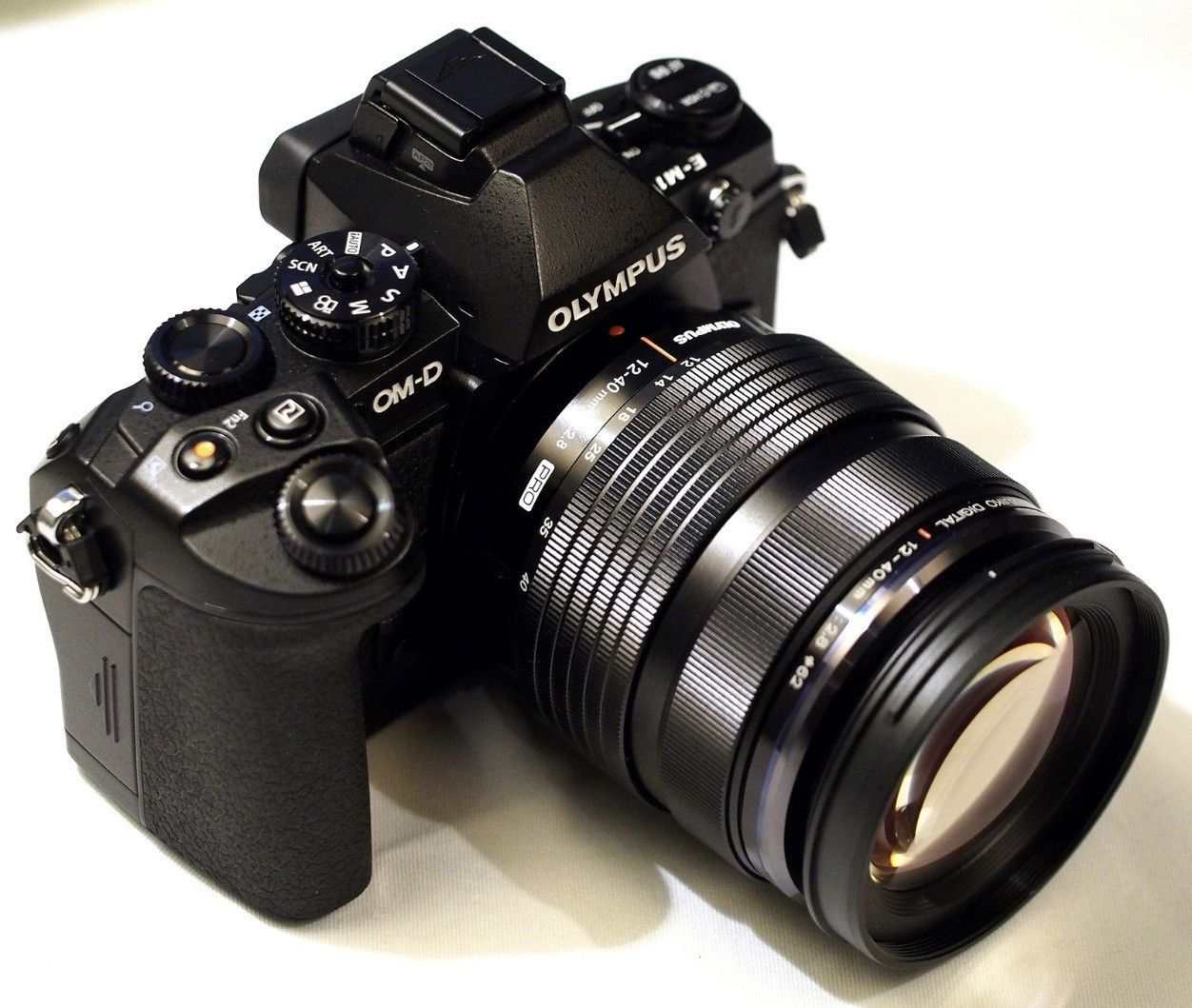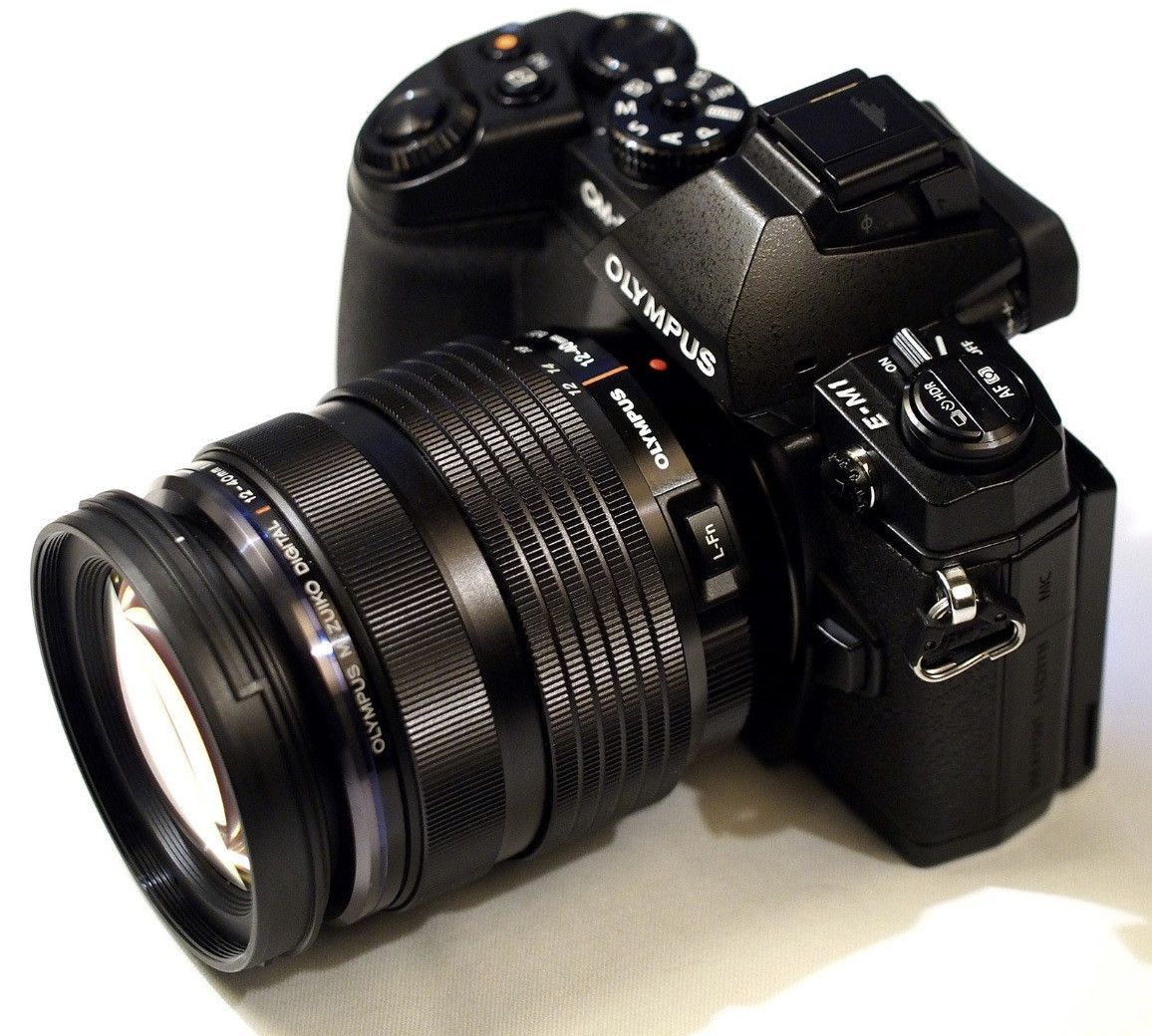Depending on what you are trying to do, a camera that looks less intimidating may be an advantage or a disadvantage. I find that people take me less seriously when I am shooting with the OM-D (compared to shooting the giant 7D and 24-105). If you are shooting an event where you need to direct people and look "in-charge," I think a big DSLR may be a better tool. If you are shooting street photography, I think the OM-D ends up being superior for the reasons mentioned above.
I like industrial strength cameras. The RED 1 being my favorite, as it feels military grade, works for me without a glitch under some really hellish situations.
Still, I like these panasonic and olympus mft cameras. I didn't chose them for size, though the gh3 is really a perfect sized 35mm camera (IMO).
I chose them for use, as we shoot ever project motion and stills, with priorities shifting per creative brief.
The gh3 is the most capable camera I've ever used. It shoots video with quality that just doesn't match it's specs. Yesterday in very harsh 12 stop different light, it held areas that it shouldn't, didn't bloom and I really use these gh3s without a thought.
The olympus omd, I have mixed thoughts on. It's pretty, shoots a very good still, but I know it will never be second nature to me. It's just a little off, a little not there for really heavy duty work.
In a given day I will touch and block out two RED 1's, two Gh3's and a Canon 1dx. All of these cameras are intuitive to me and I don't have to think to find a setting. The OMD is different because the menus are so complicated and layered, the buttons so elegent but tiny, that I never feel secure when I shoot it under pressure.
Messing around it's great. The still image is great. The motion image is challanged.
The new OMD I hope will be a gh3 in olympus skin. At least it has the look of good build quality, slightly larger dials and a mic import slot, two sd cards and I hope more video settings. I know the newer photos posted make the camera look much better with elegant design and I love nice design.

I read these rumors all the time that some mirrorless cameras are not meeting sales expectations and will be financially challanged.
I hope not, because these cameras have a great place in professional world and I don't think about sensor dimensions anymore. Whether it's a 16x9, 2:1, 4:3, 2:3 ratio, just doesn't enter my head as long as there is a lens set to match. In other words f2.8 is the minimum fast lens for micro four thirds, though they really should be 2.0 or 1.4.
Since the start of digital it seems that we've been slowly getting back to where we were with film, but unfortunately in increments.
What is needed from any brand, any format is a varied lens set, controls that are intuitive, viewfinders that allow you to manually or autofocus with confidence.
Digital capture has always seemed to cloud the basics, from frame size, viewfinders, just good cameras that will work and last.
One reasons I stick with the Canon systems isn't because I own lenses, or because I think they have more detail, but because I know them and they tend to work like film cameras except for one glaring fault, you can't really manually focus the lenses on moving subjects because it seems all ovf 35mm cameras have a different and strange viewfinder.
The thing I like about the mirrorless cameras, especially the gh3 is I can look through the finder, focus and shoot. I can do this with the RED 1's, my older contax with phase backs, but other cameras . . . no.
I think mirrorless offers us the possiblities to do things like we never did before, or at minimum as well as we did before.

IMO
BC